About Space (The Moon) #1
"I am a space lover. I love to research new things about space, about our genesis and of course if there are other intelligent beings in outer space."

In this post, we will present the magical, the legendary Moon.
The Moon was always a dream for humans, always wanted to conquer it. Even from antiquity, humans tried to discover what is beyond their planet.
The Moon is one of the most beautiful jewels of the sky. Without the Moon, the earth could not be existing. One theory says that the Earth will destroy after 20,000 years. Of course, this is only a theory.
According to a research recently published in the journal Earth and Planetary Science Letters, Moon helps the earth to maintain its magnetic field.
The average Earth-Moon distance is 384,403 kilometers
The Moon is not a planet as we probably think, but a satellite. It is thought to have formed about 4,5 billion years ago and it is the only natural Earth's satellite and the fifth largest natural satellite of the solar system.
How the Moon was created
Lots of theories exist about how the Moon was created. The more prevalent theory says that 4,5 billion years ago after the genesis of the Earth, there was a great cosmic conflict that NASA calls "Big Whack".
Another planet called Theia, crash on the Earth.
Theia's size was about like Mars.
After the conflict, many pieces of this planet dispersed in space. With the passing of time, the remains have taken shape. So the moon took the final form we can see today.
Internal structure
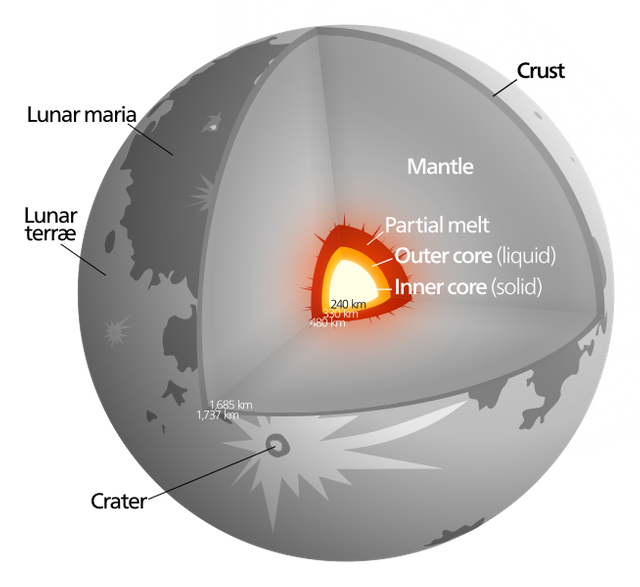
The Moon has a solid internal iron core with a radius of 240 kilometers surrounded by a liquid outer core, which is made of liquid iron and has a radius of 300 kilometers.
Surface geology
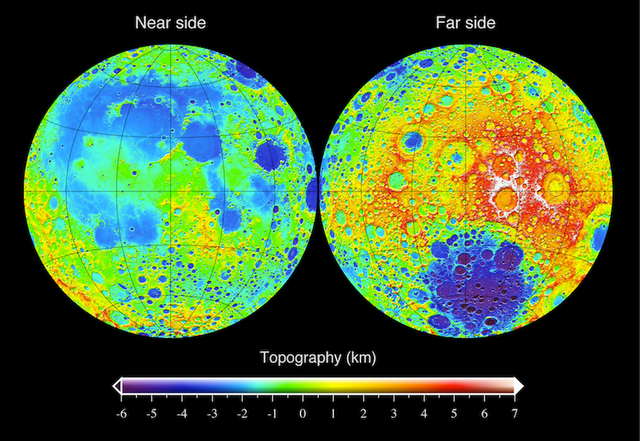
The topography of the Moon has been measured with laser altimetry and stereo image analysis. Its most visible topographic feature is the giant far-side South Pole–Aitken basin, some 2,240 km (1,390 mi) in diameter, the largest crater on the Moon and the second-largest confirmed impact crater in the Solar System. At 13 km (8.1 mi) deep, its floor is the lowest point on the surface of the Moon. The highest elevations of the Moon's surface are located directly to the northeast, and it has been suggested might have been thickened by the oblique formation impact of the South Pole–Aitken basin.
The first photo of the Moon
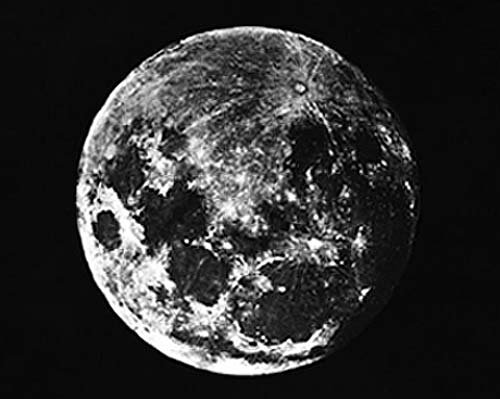
- The first photo of the moon was taken in 1839 from John W. Draper.
John William was born in England and immigrated to the U.S.A.
There he became a chemistry professor at the New York University.
The silver platinum plate (Daguerreotype print) of the moon was
the first of a series that where shot using a telescope. This series
was later presented at the Science Academy. Draper was also the
first to shoot a portrait in America, the portrait of his sister
Dorothy - Catherine. In 1864 he became chairman of the American Photographic
Association.
Moon landings (Humans)
Apollo 11
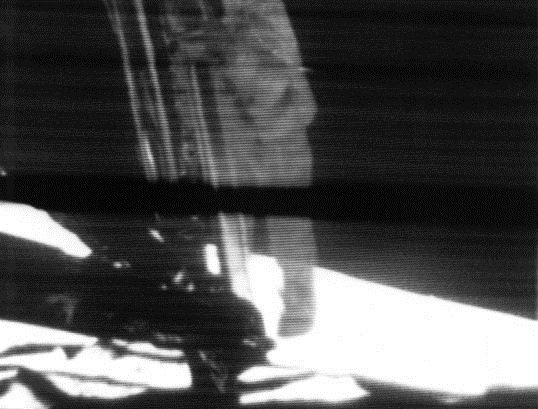
Photo source: Wikipedia
Apollo 11 was the spaceflight that landed the first two humans on the Moon. Mission commander Neil Armstrong and pilot Buzz Aldrin, both American, landed the lunar module Eagle on July 20, 1969, at 20:18 UTC.
Apollo 12
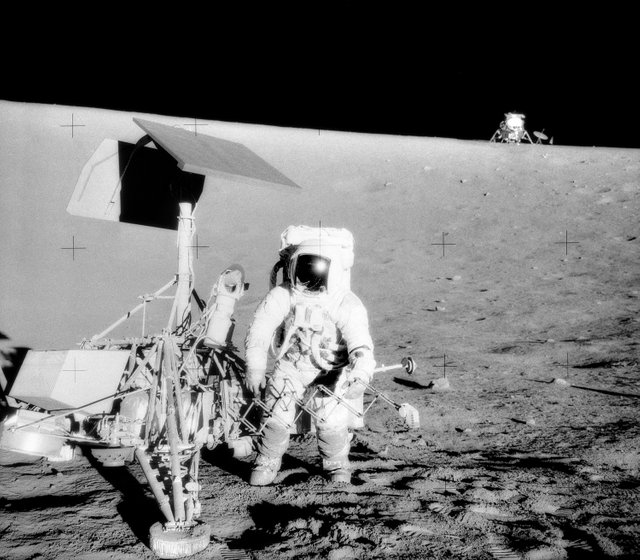
Apollo 12 was the sixth manned flight in the United States Apollo program and the second to land on the Moon. It was launched on November 14, 1969, from the Kennedy Space Center, Florida, four months after Apollo 11.
Apollo 13
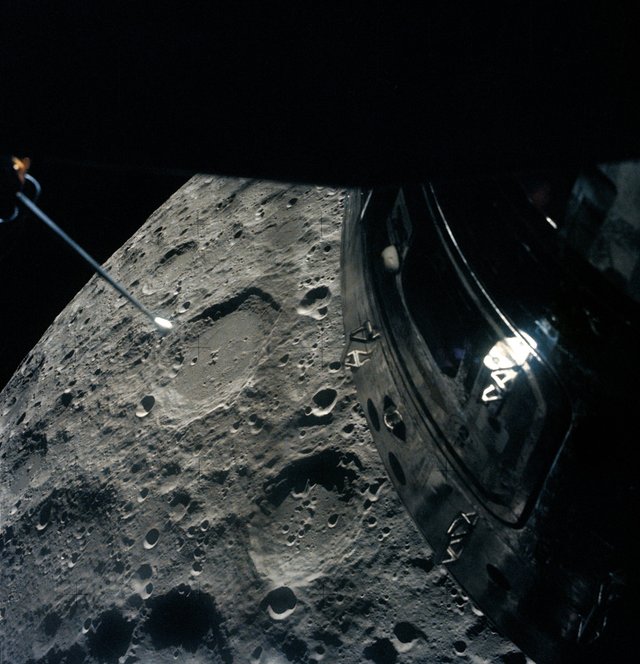
Apollo 13 was the seventh manned mission in the Apollo space program and the third intended to land on the Moon. The craft was launched on April 11, 1970, at 14:13 EST (19:13 UTC) from the Kennedy Space Center, Florida, but the lunar landing was aborted after an oxygen tank exploded two days later, crippling the Service Module upon which the Command Module had depended.
The story of the Apollo 13 mission has been dramatized multiple times, most notably in the 1995 film Apollo 13.
Apollo 14
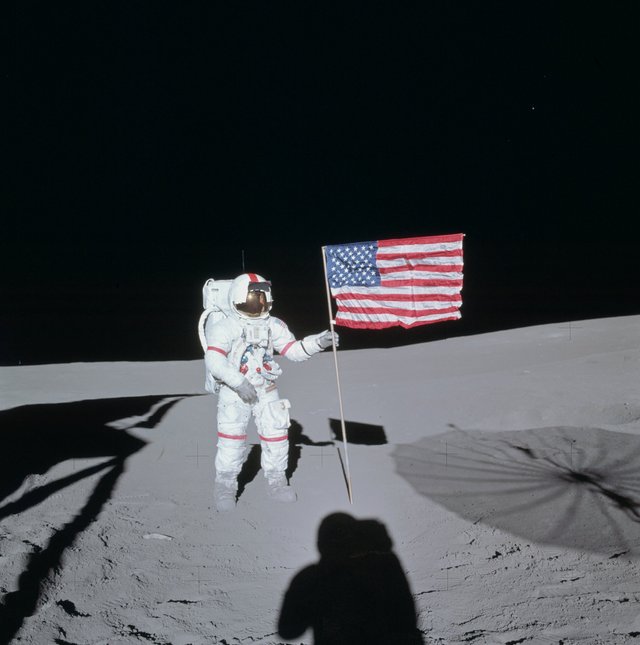
Apollo 14 was the eighth manned mission in the United States Apollo program, and the third to land on the Moon. It was the last of the "H missions," targeted landings with two-day stays on the Moon with two lunar EVAs, or moonwalks.
Apollo 15
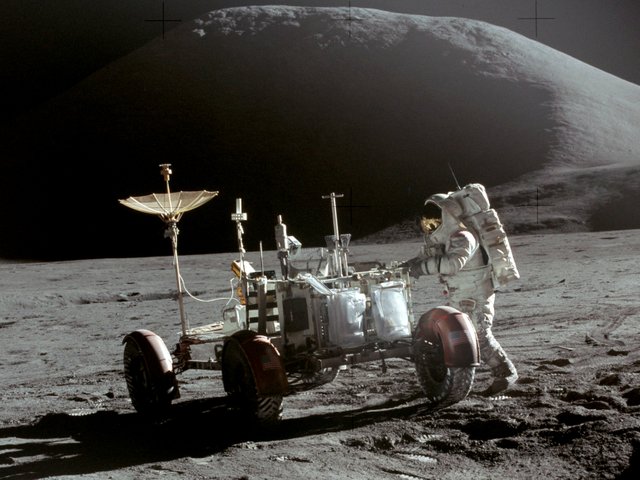
Apollo 15 was the ninth manned mission in the United States' Apollo program, the fourth to land on the Moon, and the eighth successful manned mission. It was also the first mission on which the Lunar Roving Vehicle was used.
The mission began on July 26, 1971, and ended on August 7. At the time, NASA called it the most successful manned flight ever achieved.
Apollo 16
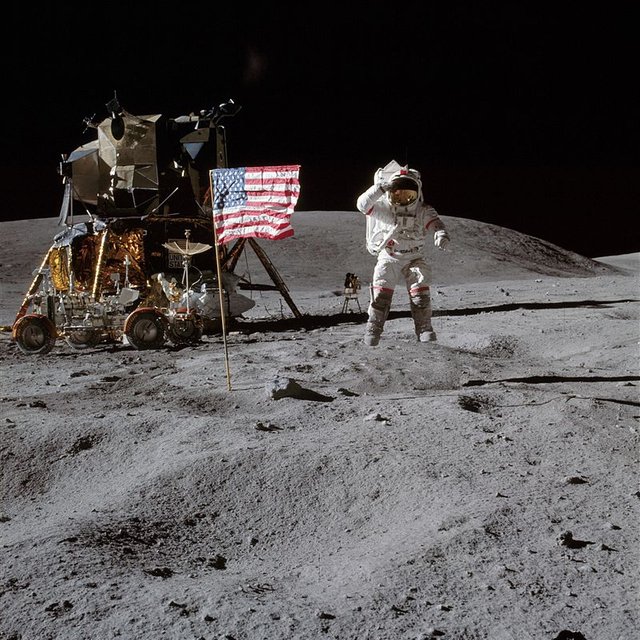
Apollo 16 was the tenth manned mission in the United States Apollo space program, the fifth and penultimate to land on the Moon and the first to land in the lunar highlands. The second of the so-called "J missions," it was crewed by Commander John Young, Lunar Module Pilot Charles Duke, and Command Module Pilot Ken Mattingly.
Apollo 17
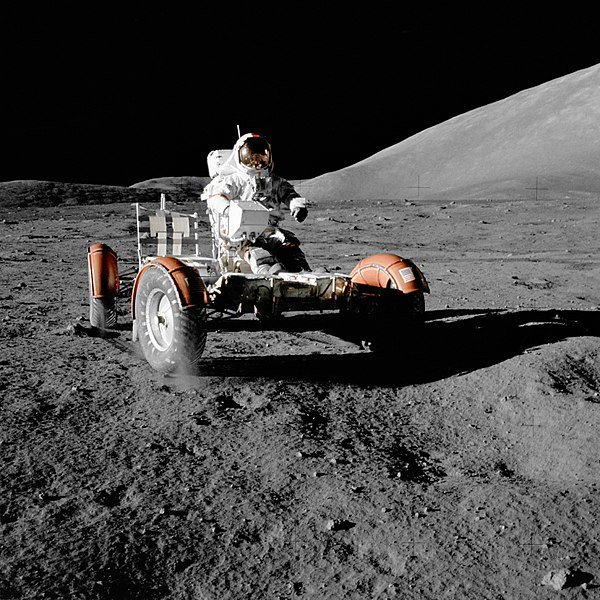
Apollo 17 was the final mission of NASA's Apollo program. Launched on December 7, 1972, with a crew made up of Commander Eugene Cernan, Command Module Pilot Ronald Evans, and Lunar Module Pilot Harrison Schmitt, it was the last use of Apollo hardware for its original purpose; after Apollo 17, extra Apollo spacecraft were used in the Skylab and Apollo–Soyuz programs.
Synopsis
The Moon was always a dream for the human. Except that it is a jewel in the sky, without Moon, the Earth could not be existing. The Moon is not a planet. It was created from a conflict between a planet called "Theia" and the Earth 4,5 billion years ago.
After many unsuccessful attempts, the human eventually conquers the moon. They made a total of seven missions aimed the moon landing, but only six were successful.
The moon remains a mystery to the human. You have heard a lot about the extraterrestrial existence on the invisible side of the moon, but I will analyze in another post.
Content sources
- http://time.com/3805947/the-first-photograph-of-the-moon/
- https://en.wikipedia.org/wiki/Moon
- http://www.fotoart.gr/photography/history/historyphotos/onephotoonestory/thefirstphotoofthemoon.htm
- http://www.iefimerida.gr/news/261774/horis-feggari-i-anthropotita-den-tha-ypirhe-pos-i-selini-diatirei-tin-gi-zontani
- http://coolweb.gr/feggari-pos-dimiourgithike
- https://en.wikipedia.org/wiki/List_of_missions_to_the_Moon


You were lucky! Your post was selected for an upvote!

Read about that initiative
Resteemed by @resteembot! Good Luck!
Curious?
The @resteembot's introduction post
Get more from @resteembot with the #resteembotsentme initiative
Check out the great posts I already resteemed.
Great post! Come with me!
Thank you :)
quality post @netm. I too am a big fan of the moon and it's legendary existence. I have taken quite a lot of photos of the moon over the years. keep posting about space. we are 100% not alone ;)
here's one of mine :)
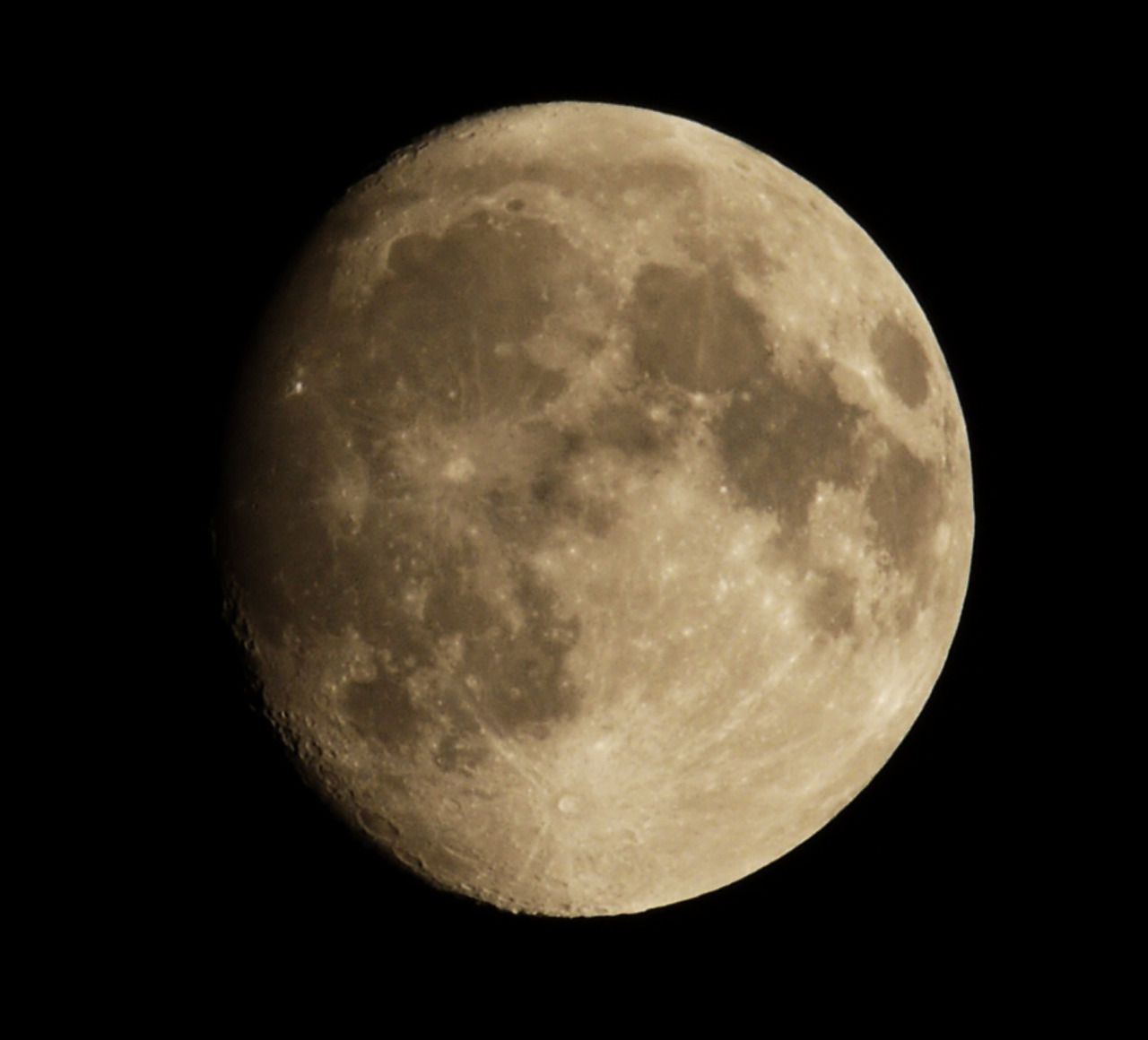
I am in love... Not only with the moon but with the whole space. I will do the best to provide quality posts about what we are loving :)
me too, you might like my recent articles on the Messier Catalogue Highlights by Hubble and Our Island Galaxy which you can read on the green links
I really enjoyed your posts! Lets keep doing this fantastic job!
yeah..space is the place. you might like EGGSTRONOMY it's an amateur astrophotography group I belong to... It's actually just me, my brother and a few of my mates.. we're getting much better at it after a few years practice !!
wide field DSLR only image of the Milky Way from Teignmouth in Devon, UK.
14mm wide angle f2.8 lens, single 14 second exposure
quality post , i definitely intrigued by whats out there. More curious about the E.T's and also if they were was or is life in mars. Would be very interested to see what you can come up with about that. Make sure to follow back and lets reciprocate success.
@awayaroundit, thank you... I will do my best to keep posting quality posts!
Well done, a great piece of work @NetM :)
@katerinaramm thank you so much!
@originalworks